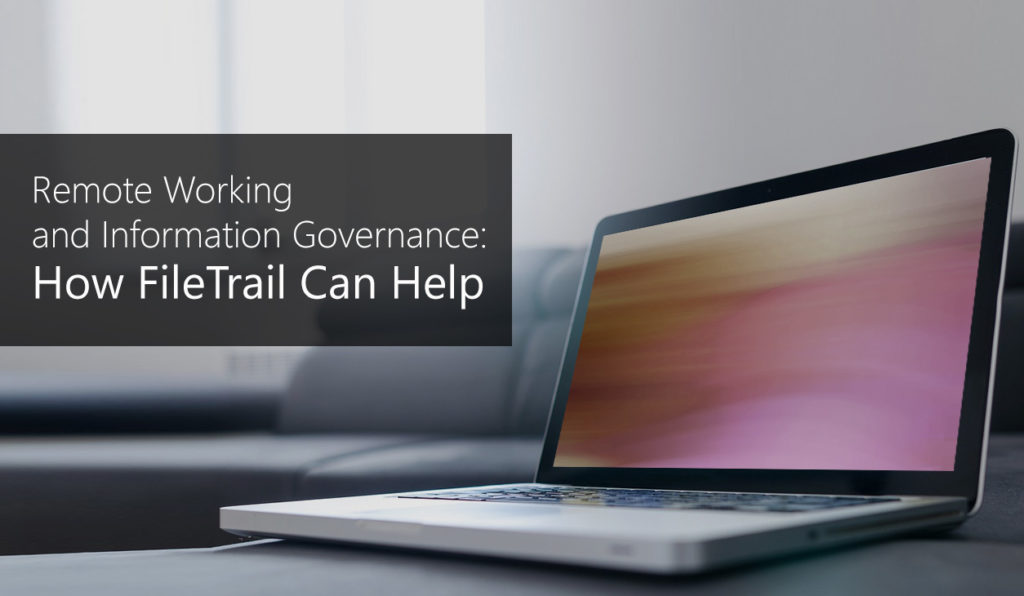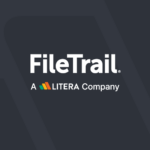“You can’t govern what you can’t see.”
Have your information governance policies and processes fully adapted to remote working?
With so many people working from home due to the global health crisis, IT, security and information governance teams are reevaluating ways to help employees (and contractors) follow best practices in information handling. Many organizations are updating their information governance policies and delivering additional training to remote staff. At the same time, IT departments are implementing new systems to support more digital ways of working, while enhancing security.
The good news is that remote working and information governance are not mutually exclusive. In fact, many IT leaders are using this crisis as an opportunity to upgrade their IG policies, processes and systems.
A Unified View
FileTrail GPS offers a unified view of where information resides across all information repositories — both physical and electronic — via a secure web-based interface. Designated users can access the system regardless of where they are working. In addition to providing an advanced records management system (RMS), FileTrail GPS integrates with third-party document management systems (DMS), file shares, and other business applications where information assets are stored, allowing data to be managed “in situ.”
Matter-Centric Workspaces
Client-matter teams can easily look up and find records via matter-centric workspaces in FileTrail. This simplifies the process of creating new records or requesting retrieval. Permission to access specific client-matter workspaces can be managed via integration with Intapp Walls. NetDocuments users have a further option of accessing FileTrail via an integrated tab within their NetDocuments system.
Dashboards and Reporting
FileTrail GPS 5.0 offers dashboards to monitor and display key metrics and trends regarding your information assets. Using FileTrail GPS, the IT, IG and RM teams can generate customized reports to show how much data resides in different repositories, analyze growth trends, and forecast how much data will be due for disposition in the future. In turn, these reports inform budget projections for future storage and destruction costs. FileTrail can also be used to generate reports validating compliance with firm’s information governance policies, clients’ outside counsel guidelines (OCG), and relevant regulatory requirements.
Automated Workflows and Audit Trails
Automated workflows within FileTrail enable IG teams to assign the appropriate classification and retention policy to new documents based on pre-defined rules (rather than relying exclusively on individuals to classify new documents manually). They also send notifications to key stakeholders when records need to be reviewed and approved for disposition.
Unlike legacy RM systems, you no longer need to manually track retention deadlines, compile and print lists of records for review, and chase individual reviewers for approval. This is an inefficient process that has also become impractical now that far fewer people are in the office at any given time. FileTrail automatically captures a complete audit trail of all activity and approvals, and enables IG and RM teams to quickly identify the status of disposition workflows in progress (for both electronic and physical records).
Finally, by regularly disposing records in a timely manner, organizations can reduce ongoing storage costs; reduce security, data protection and litigation risks; and assure clients that their information will not be kept for longer than needed.





